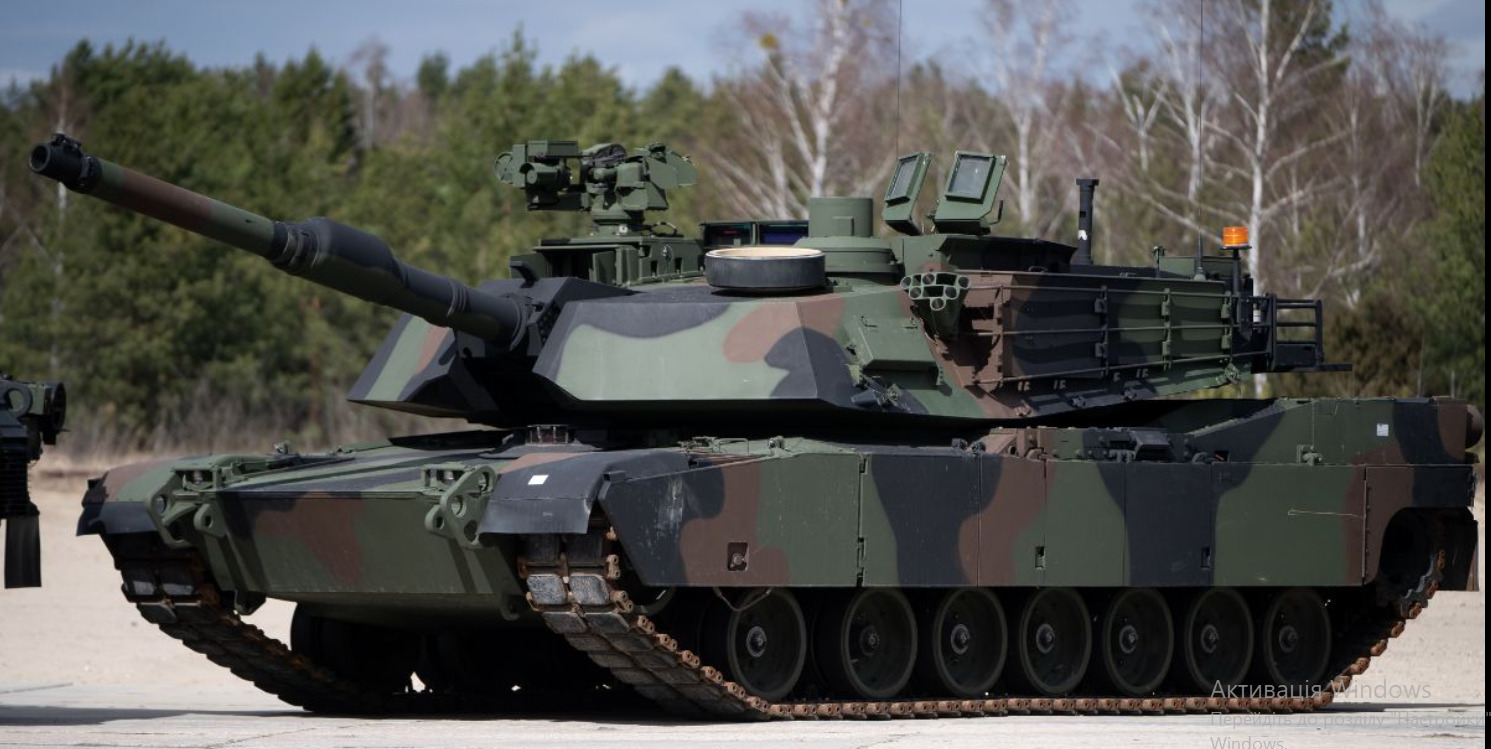- Financial
burden on the state budget amid pressing needs for
investment in civilian infrastructure;
- Dependence
on the United States as the main supplier of heavy military
equipment;
- Risk
of escalating tensions with Moscow, which views NATO’s military
build-up in the region as a direct threat.
Romania Strengthens Defense Capabilities: Abrams Tanks and Drones with Ukraine

At the end of September,
Romania’s Ministry of Defense submitted a request to parliament for approval of
a major defense contract: the country plans to purchase hundreds of Abrams tanks from
the United States, along with ammunition, spare parts, crew training, and
technical support. The total cost of the program is estimated at $7 billion. At
the same time, Bucharest is holding talks with Kyiv on the joint production of
drones within the framework of the pan-European initiative SAFE, aimed at
accelerating the rearmament of EU member states.
The
choice of Abrams, one of the most powerful Western tanks, demonstrates
Bucharest’s intention to significantly increase the mobility and combat
capability of its ground forces. Abrams will also allow Romania to transition
to U.S. military standards and ensure full interoperability with its NATO
allies.
Although
the deal is burdensome for the budget, it opens the door to long-term contracts
for maintenance and training, while also stimulating the development of
Romania’s own defense industry through cooperation.
Thus, in the context of the ongoing war in Ukraine, Romania – located on NATO’s eastern flank – is reinforcing its readiness for potential threats from Russia and instability in the Black Sea region.
At the same time, Romania is considering the creation of a joint drone production line with Ukraine. Unlike the tank acquisition, this project is innovative in nature and could become a step toward developing Romania’s own high-tech defense industry.
Romania’s
border with Ukraine turns the country into a strategic platform for testing and
producing drones needed both by Kyiv and by EU states. Participation in the
SAFE initiative will allow Romania to apply for EU funding, thereby reducing
its own expenses. In addition, Ukraine’s extensive experience in using drones
on the battlefield, combined with Romania’s production capabilities, could
create a competitive product for the European market.
These
steps fit into Romania’s broader strategy: strengthening defense not only
through purchases but also by developing its industrial base. In essence, the
country seeks to move from the role of consumer to that of producer and
exporter of modern weapons.
However,
a number of challenges remain:
Romania is betting on long-term security, fully aware that NATO’s eastern flank is the front line of risk. Investments in Abrams tanks and drones are not only a defense strategy but also a political signal: Bucharest aims to position itself as a key player in the Black Sea region and as a partner on which both Washington and Brussels can rely.
 Latest news
Latest news Latest news
Latest newsActivist Margretta Mirzoyan on the Political Mood in Armenia
18.Oct.2025
Trump and Putin Prepare to Meet Ahead of Zelensky’s White House Visit: A New Phase of Diplomacy or Pressure on Kyiv?
17.Oct.2025
A Shadow over the Russian-Azerbaijani Thaw: What Lies Behind the Arrest of Former Presidential Chief of Staff Ramiz Mehdiyev?
16.Oct.2025
Russia and Syria: A New Chapter in Relations After the Coup
16.Oct.2025
NATO and EU Join Forces to Build a “Drone Wall”
15.Oct.2025
Trump: New bonds of friendship to join Armenia to Azerbaijan
14.Oct.2025
UK to lift its arms embargo on Armenia, Azerbaijan
14.Oct.2025
Russia Opens New Criminal Case Against Opposition Figure Khodorkovsky
14.Oct.2025
Expert analysis by Tigran Khzmalyan: If Pashinyan wins again, Armenia will fall completely under Russia’s influence
14.Oct.2025
The Kremlin Warns the West of Dangerous Escalation: U.S. Plans to Supply Tomahawk Missiles to Ukraine
12.Oct.2025

 21 Oct 2025
21 Oct 2025








